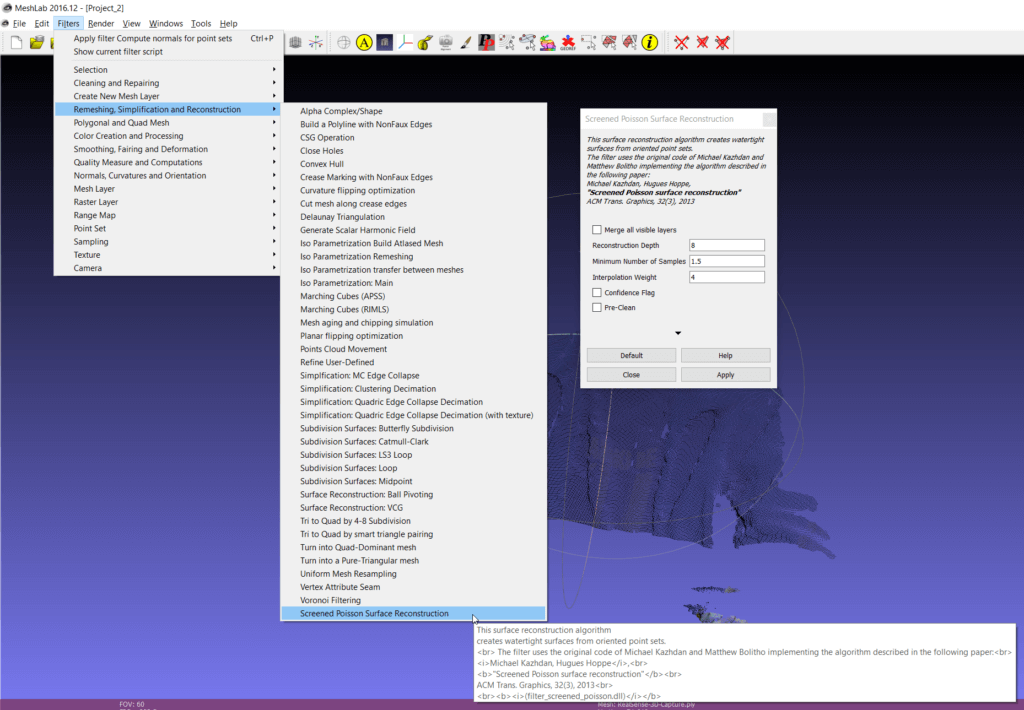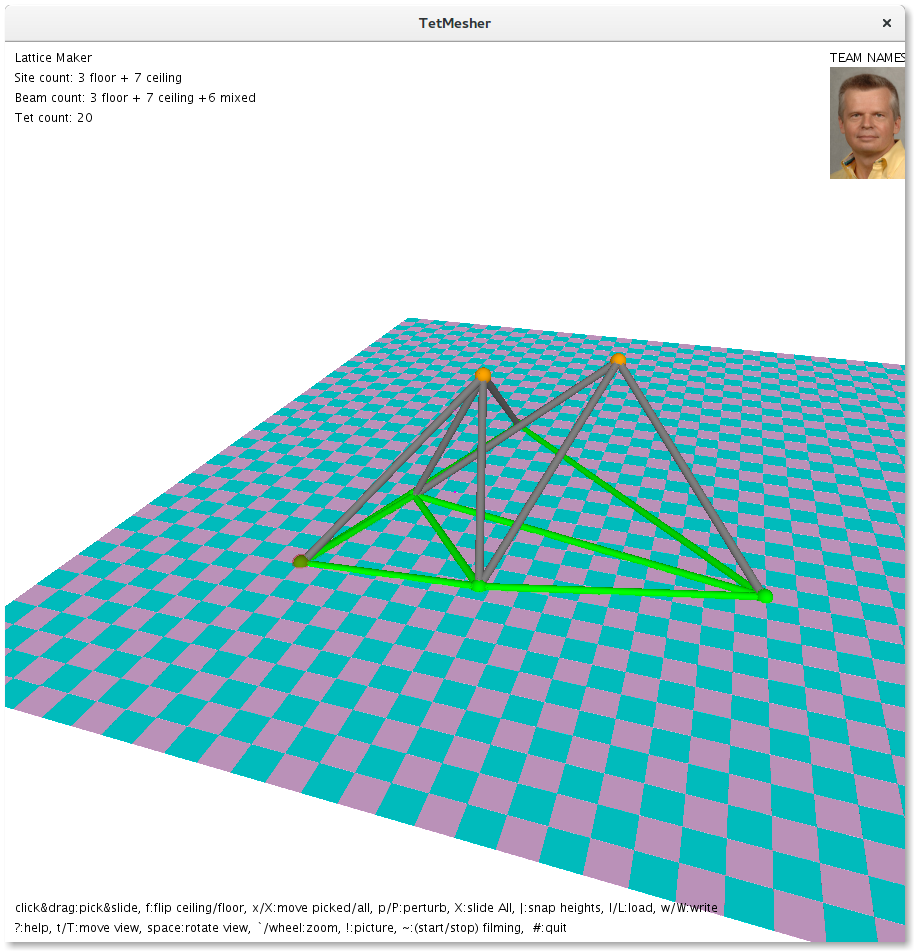
We demonstrate the large-scale and high-precision, 3D building model generation approach on a campus. The experimental results show that MS3DQE-Net achieves a state-of-the-art performance in multi-source 3D data quality evaluation. Specifically, to our knowledge, we are the first researchers to propose such multi-source 3D dataset. To train MS3DQE-Net, a multi-source 3D dataset is constructed, which collected from a real scene based on mobile laser scanning (MLS) 3D point clouds and 3D mesh data, including pairs of matching 3D meshes and 3D point clouds of the 3D building model. The MS3DQE-Net uses 3D meshes and 3D point clouds as inputs and fuses the learned features to obtain a more complete shape description. Then, the evaluation results are utilized to guide 3D building model generation. First, A Multi-Source 3D data Quality Evaluation Network (MS3DQE-Net) is proposed for evaluating the quality of 3D meshes and 3D point clouds. In this paper, we propose a novel 3D building model generation method based on multi-source 3D data fusion of 3D point cloud data and 3D mesh data with deep learning method. However, due to the limitations of single-source data, existing methods cannot simultaneously balance the local accuracy, overall integrity, and data scale of the building model.

The high-precision generation of 3D building models is a controversial research topic in the field of smart cities. This approach provides more detailed information about the wear mechanism and can help either in roadheader cutting head diagnostics or to develop a strategy and optimize the toolpath for the numerically controlled hardfacing machine. The 3D scan of the worn out specimen is compared to the master model via algorithm developed by the authors. From the guides, tutorials and pieces of information online my workflow is as follow, once I have imported the mesh. I have a point cloud that I would like to make a mesh in OBJ format to use in Unity.

Those factors are: light level, presence of polarizing filter and the distance from the scanned object. I’m wondering if anyone can help me find the problem in my workflow to solve an issue I’m having with the final texture output from Meshlab. An experiment of three factors on two levels is carried out to indicate the proper setup of the scanning rig to obtain plausible results. This paper presents a methodology used to create a 3D photogrammetric model of most of the commercially available tangential-rotary cutters in their before and after abrasive exploitation state. In order to automatize the regeneration, the wear rate assessment is necessary. Any mining facility could benefit from decreasing the cost along with a substantial durability increase of a conical pick thus, the hardfacing method of production and regeneration should be taken into account. The rapid wear of conical picks used in rock cutting heads in the mining industry has a significant economic impact in cost effectiveness for a given mineral extraction business. obj, then import it into meshlab and use the aforementioned Transfer: Vertex Attributes to Texture filter.” from. For my messy meshes I use the Smart UV in Blender and export it out as a. “If you want a texture, you first need UV coordinates - the easiest and messiest way for an arbitrary mesh is to do Filters -> Texture -> Parameterization: Trivial per triangle, then use Filters -> Texture -> Transfer: Vertex Attributes to Texture. For example, I followed the steps below to generate a texture map as shown in the figure below: Do you have any suggestions? Thank you very much!! There is a big gap between the effect after linking the texture map and the opening with meshlab.

Then I linked the texture map to ue4 as shown below. Open the lego_y file with meshlab as shown below.Īnd then I generate the texture map through the above method as shown in the figure below: We will proceed as follows: Go to Filters in the menu and select Create New Mesh Layer.

Getting ready Youll need MeshLab open and ready. Were going to look briefly at a couple of these options in this recipe. I try to generate texture map using meshlab by Converting color point cloud to textured mesh. MeshLab has a variety of options for creating random patterns and textures on a model. The color of the model cannot be seen in ue4, so a uv texture map needs to be generated. I converted lego_y to lego_lowres.obj, then import lego_lowres.obj to ue4.


 0 kommentar(er)
0 kommentar(er)
